One great way to learn about and celebrate other cultures is through food. AtoZ World food is a free online resource that helps you explore national cuisine, classic dishes, recipes and more for dozens of countries!
This piece features Latin American countries in honor of Hispanic Heritage Month.
Find resources to help you learn more about Latinx heritage and culture HERE.
Find AtoZ World Food at www.tulsalibrary.org/databases. Log in with your last name and TCCL card, then select the country from the list or search for the name of the dish.
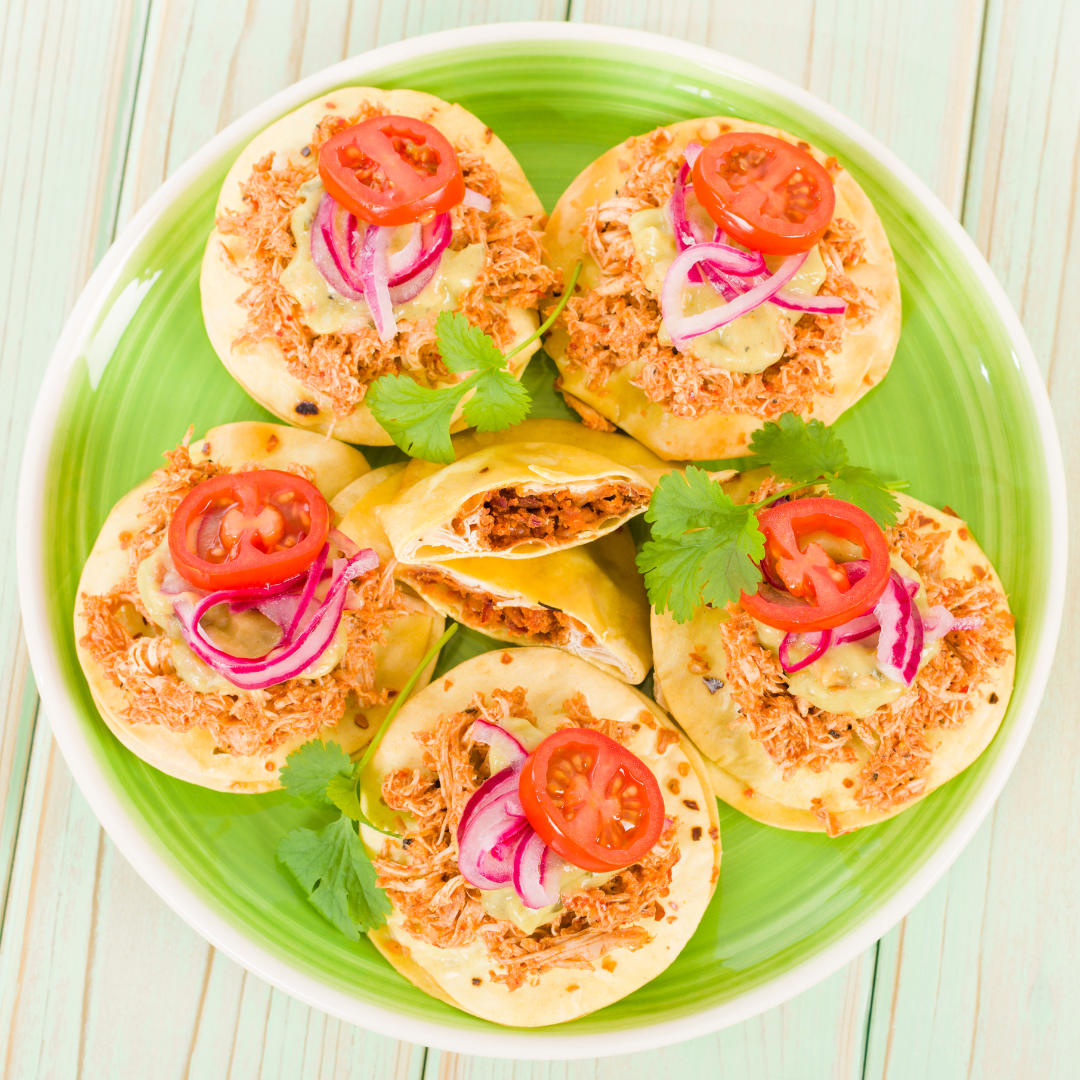 Mexican cuisine: Mexican cuisine has a long history, stretching back to the country’s ancient cultures. Native ingredients were used in a wide variety of ways, among them avocado, corn, cacao, beans, chilies, papaya, and tomato. These ingredients remain essential to today’s Mexican cuisine.
Mexican cuisine: Mexican cuisine has a long history, stretching back to the country’s ancient cultures. Native ingredients were used in a wide variety of ways, among them avocado, corn, cacao, beans, chilies, papaya, and tomato. These ingredients remain essential to today’s Mexican cuisine.
Classic dishes from Mexico include:
- Panuchos – This Yucatán appetizer or snack is a small tortilla with various toppings, often including tomato, onions, avocado, and refried beans or shredded chicken.
- Posole – A pork and hominy soup seasoned with onion, garlic, and chilies.
- Pollo en Mole – Chicken stewed in a rich sauce. There are many regional variations on pollo en mole, but the best-known is mole poblano. Mole poblano sauce starts with a paste made from chocolate or cocoa, spices, raisins, nuts, and seeds. The paste is diluted with chicken broth and chicken pieces are poached in the sauce until tender.
- Flan – Flan is a classic Mexican dessert. There are many different recipes and variations, but the classic version is a simple vanilla-flavored egg custard baked with a caramel topping, almost identical to a French crème caramel.
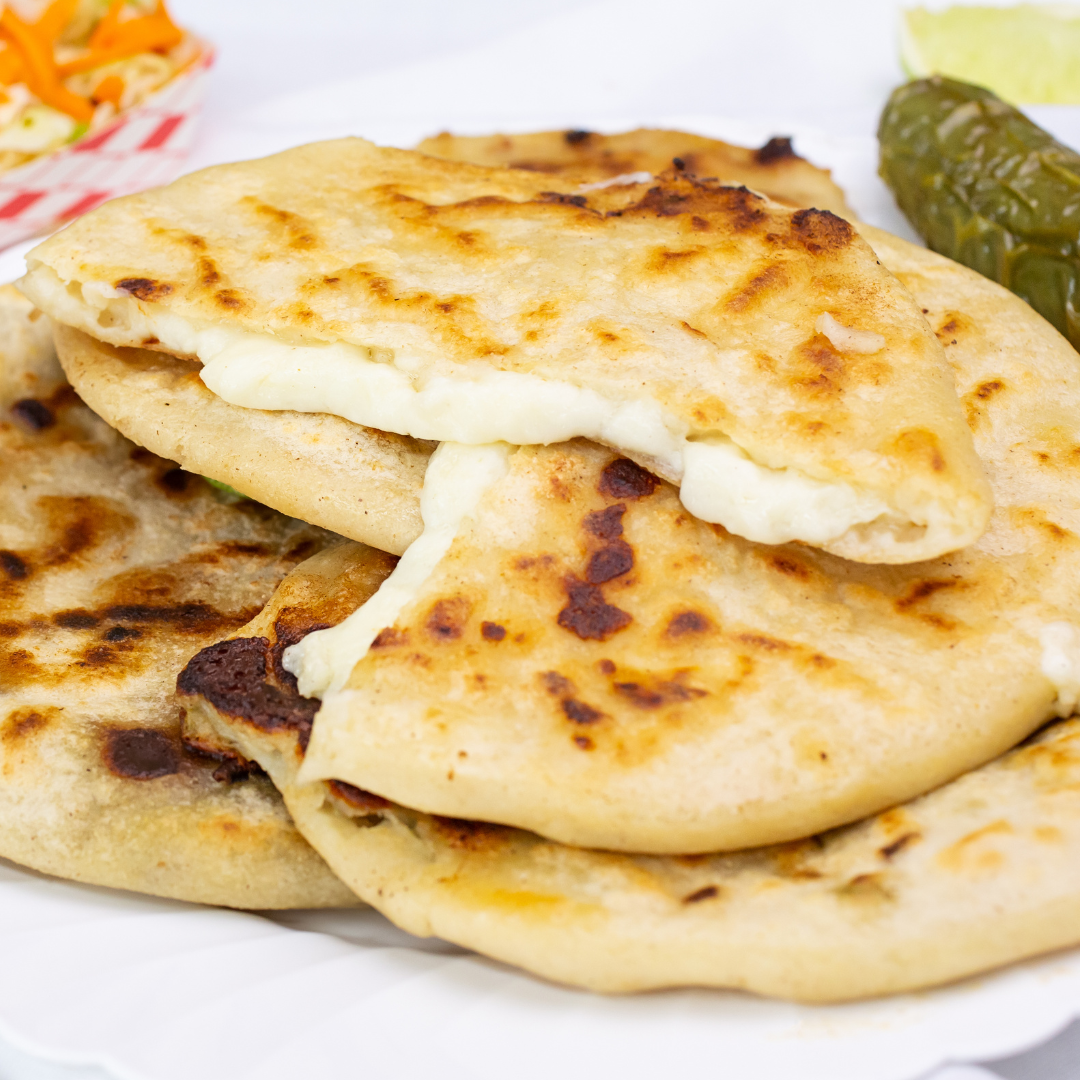 Honduras cuisine: Honduran cuisine draws from the traditional foodways of central America’s indigenous peoples—the Lenca, Garifuna, and Maya—while incorporating Spanish and Caribbean culinary influences.
Honduras cuisine: Honduran cuisine draws from the traditional foodways of central America’s indigenous peoples—the Lenca, Garifuna, and Maya—while incorporating Spanish and Caribbean culinary influences.
Classic dishes from Honduras include:
- Plátanos Fritos – Fried plantains are a popular appetizer and snack in Honduras, as well as an accompaniment to many meals. Either green or ripe plantains can be used depending on what is available.
- Sopa de Caracol – Conch is the primary ingredient in a main-course soup common all over Honduras.
- Pupusa – Stuffed corn tortillas common in many Central American countries. The Honduran version is normally filled with beans and cheese.
- Cazuela de Res – Beef stew is served on special occasions in Honduras, usually with rice, beans, and salad.
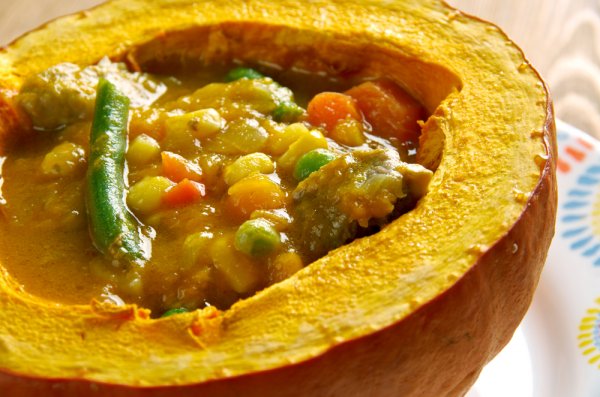 Argentinian cuisine: Argentine cooking is more strongly influenced by European cuisines than indigenous South American, as the country has held tight to the foodways of its original Spanish and Italian settlers.Old World cooking techniques remain evident in some of Argentina’s most common dishes showcasing its abundant variety of fruits, vegetables, and grains. Empanadas—flaky meat pies baked with cheese and sometimes vegetables—are one such dish. They are commonly served for lunch or sometimes with wine as an appetizer. Beef, wheat, and tomatoes are staple ingredients of Argentinian cuisine. Barbecue is especially popular as well as bread, pasta, and pizza.
Argentinian cuisine: Argentine cooking is more strongly influenced by European cuisines than indigenous South American, as the country has held tight to the foodways of its original Spanish and Italian settlers.Old World cooking techniques remain evident in some of Argentina’s most common dishes showcasing its abundant variety of fruits, vegetables, and grains. Empanadas—flaky meat pies baked with cheese and sometimes vegetables—are one such dish. They are commonly served for lunch or sometimes with wine as an appetizer. Beef, wheat, and tomatoes are staple ingredients of Argentinian cuisine. Barbecue is especially popular as well as bread, pasta, and pizza.
Classic dishes from Argentina include:
- Empanadas de Carne — Argentine empanadas are small, savory turnovers filled with meat, fish, or cheese that may be baked or fried.
- Carbonada en Zapallo — Light soups are not common in Argentine cooking. Carbonada en zapallo is a thick soup served in a baked pumpkin shell.
- Matambre Arrollado — A thin steak rolled with vegetables and herbs, commonly served either hot or cold.
- Chimichurri — This parsley-based sauce is used as a marinade or accompaniment for many of Argentina’s grilled meat dishes.
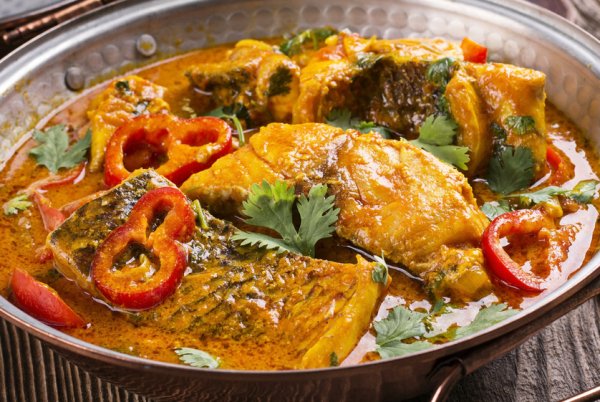 Brazilian cuisine: With its variety of influences deriving from African and European immigrants as well as its native peoples, Brazilian cuisine is a true fusion. An Asian influence also is noticeable in the country’s food offerings, particularly from Japan, and Portuguese traditions are deeply ingrained. These various cultures and their representative ingredients and dishes are found throughout this largest of South American countries.
Brazilian cuisine: With its variety of influences deriving from African and European immigrants as well as its native peoples, Brazilian cuisine is a true fusion. An Asian influence also is noticeable in the country’s food offerings, particularly from Japan, and Portuguese traditions are deeply ingrained. These various cultures and their representative ingredients and dishes are found throughout this largest of South American countries.
Classic dishes from Brazil include:
- Empadinhas — Also called empadas, the Brazilian version of empanadas is usually shaped like a little pie rather than a turnover and is baked. Common fillings include meat, chicken, fish, and cheese.
- Salada de Palmito — Hearts of palm are commonly eaten, especially in the northern part of Brazil. Heart of palm salad is usually very simply dressed with oil, lemon juice, lime juice, or vinegar, and salt and pepper; it may also include other vegetables like tomatoes or olives.
- Moqueca — A coconut milk-based stew, often made with fish.
- Sagu de Vinho — A red wine and tapioca pudding that shows Portuguese influences. Tapioca, also called yucca or manioc, is a staple in much of Brazil.
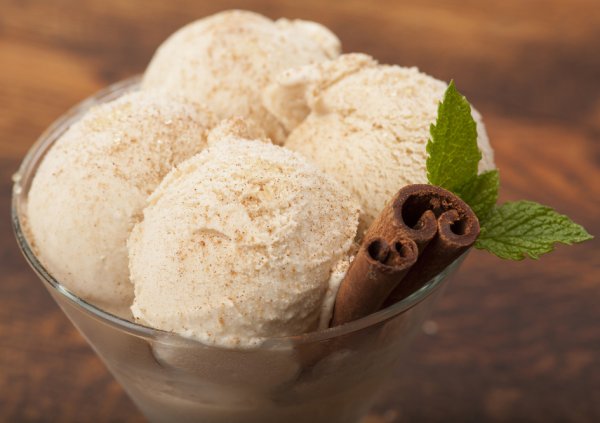 Bolivian cuisine: Bolivian cuisine is strongly based on meat and potatoes. Preferences for beef, chicken, and pork reflect the Spanish influence on the country’s food, as does rice and wheat. Llama, rabbit, and guinea pig are also eaten, especially outside of urban areas. Soups and stews are common dishes, especially soup, which is a daily food for most Bolivians.
Bolivian cuisine: Bolivian cuisine is strongly based on meat and potatoes. Preferences for beef, chicken, and pork reflect the Spanish influence on the country’s food, as does rice and wheat. Llama, rabbit, and guinea pig are also eaten, especially outside of urban areas. Soups and stews are common dishes, especially soup, which is a daily food for most Bolivians.
Classic dishes from Bolivia include:
- Salteñas – Salteñas, small pastries filled with chicken or beef, are the Bolivian version of empanadas, the savory pastry found all across South America. Salteñas are usually highly seasoned and are a popular snack as well as an appetizer.
- Sopa de Mani – Peanut soup, normally a simple preparation of ground peanuts and a few vegetables, is extremely popular and a common appetizer or main dish.
- Picante de Pollo– Another thick, spicy stew very typical of Bolivian cuisine, this chicken dish normally starts with a paste made of spices and is thickened with breadcrumbs.
- Helado de Canela – Cinnamon-flavored ice is a common dessert and hot-weather treat in Bolivia.
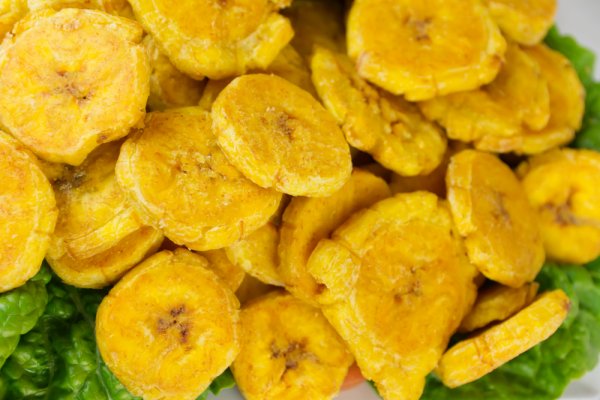 Costa Rican cuisine: Mild in flavor and full of healthy fruits and vegetables, Costa Rican cuisine bears a strong Spanish influence along with traces of its indigenous culture. Additionally, an Afro-Caribbean influence is found along the country’s eastern coast, where fish and coconut are common ingredients.
Costa Rican cuisine: Mild in flavor and full of healthy fruits and vegetables, Costa Rican cuisine bears a strong Spanish influence along with traces of its indigenous culture. Additionally, an Afro-Caribbean influence is found along the country’s eastern coast, where fish and coconut are common ingredients.
Classic dishes from Costa Rica include:
- Patacones — Fried and baked plantains are common appetizers and side dishes in Costa Rica. For this version, sliced green plantains are fried, flattened, and refried until crisp.
- Sopa de Pejibaye — Palm fruit, a common Costa Rican vegetable, is often puréed and made into soup.
- Gallo Pinto — Rice and black beans fried together are regular fare. Gallo pinto is Costa Rica’s national dish.
- Arroz con Leche — Rice pudding, cooked with milk, sugar, and spices, is an everyday sweet dish in Costa Rica.
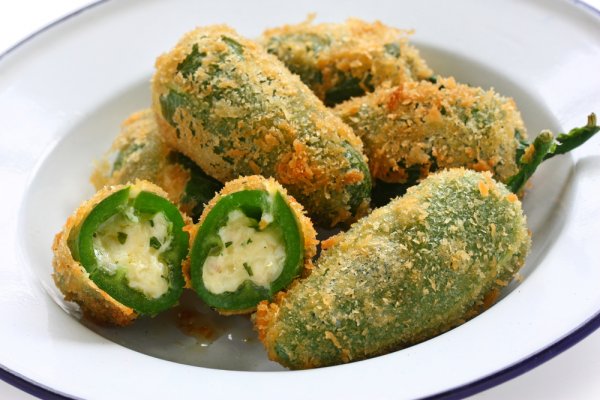 Guatemalan cuisine: The cuisine of Guatemala has roots in the foodways of its native people, particularly the Maya, as well as a strong Spanish influence. While corn and beans are traditional ingredients used in a variety of ways, the Spanish brought their preferences for pork, beef, and chicken, as well as rice and cheese. Additionally, Afro-Caribbean and Chinese influences have infused Guatemalan food.
Guatemalan cuisine: The cuisine of Guatemala has roots in the foodways of its native people, particularly the Maya, as well as a strong Spanish influence. While corn and beans are traditional ingredients used in a variety of ways, the Spanish brought their preferences for pork, beef, and chicken, as well as rice and cheese. Additionally, Afro-Caribbean and Chinese influences have infused Guatemalan food.
Classic dishes in Guatemala include:
- Chilies Rellenos — These are fresh green poblano chilies stuffed with cheese, meat, and vegetables and deep-fried in a light batter.
- Guatemalan Cucumber Soup — A cool summer soup.
- Subanik — A dish (also known as "God’s meal") that contains chicken, beef, or pork cooked in a spiced sauce.
- Buñuelos — A fried bread served with syrup.